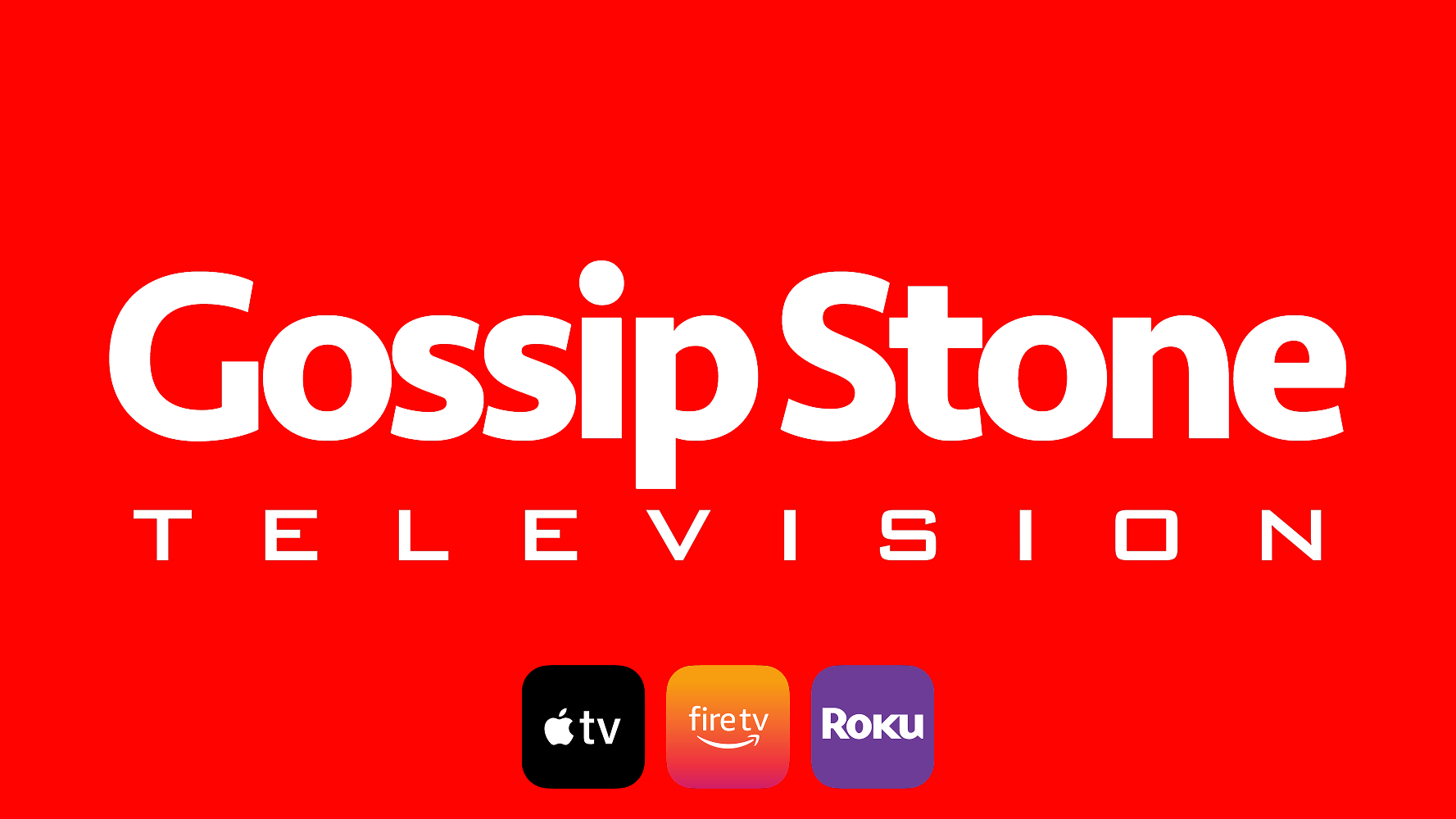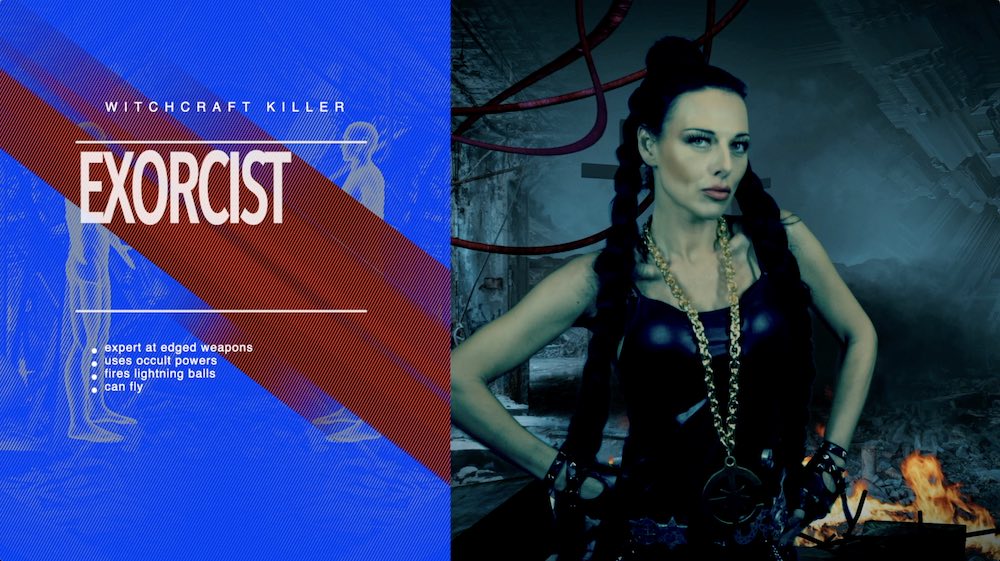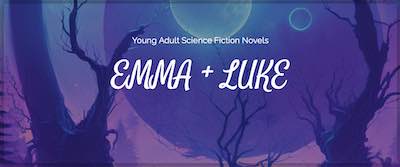Introduction to Branding
Branding is the heartbeat of any business, the unique identity that sets it apart in a crowded marketplace. It’s not just about a logo or a catchy tagline; it’s about creating a consistent and memorable presence that resonates with your target audience. A strong brand identity can be the difference between being remembered or forgotten, trusted or overlooked.
Effective branding involves more than just visual elements. It requires a cohesive tone-of-voice that echoes across all marketing channels—social media, advertising, packaging, and beyond. This consistency helps to build brand trust and loyalty, making your business more relatable and reliable in the eyes of your customers.

A well-crafted brand strategy is essential for driving business growth. It starts with a deep understanding of your target audience—their needs, preferences, and pain points. By aligning your brand’s values and mission with what your audience cares about, you create a powerful connection that fosters loyalty and trust.
But branding is not a one-time effort. It’s an ongoing process that demands continuous monitoring and adjustment. As markets evolve and customer preferences shift, your brand must adapt to stay relevant and effective.
A strong brand can significantly increase your company’s value, making it more attractive to both investors and customers.
In essence, branding is a key component of your marketing strategy. When integrated with other marketing efforts, it maximizes impact and drives long-term success.
They don’t trust you—they trust the headline
You can have the best product in the world and still be ignored. You can be the smartest voice in the room and still get scrolled past. Because in today’s media-saturated world, attention doesn’t follow value—it follows validation.
This is the quiet power of fame. Not the paparazzi kind. Not the red carpet kind. The strategic kind. The kind of fame that happens when you get featured in Forbes, quoted in Business Insider, or interviewed on a top podcast. When your face shows up next to a logo people already trust, everything changes—even if you haven’t changed at all.
This isn’t hype. This is psychology. And if you want to be taken seriously in your industry, you need to understand why people are wired to trust you after the media does. Customer confidence in a brand’s ability to meet expectations and deliver on promises significantly influences overall trust.
The Fame Illusion: Why Press Changes Perception

Most people don’t have the time—or mental bandwidth—to evaluate every brand, creator, or expert they come across. So we rely on shortcuts. Fame is one of the most powerful shortcuts our brain uses to assign value.
If someone’s been in Forbes, we assume they’re legitimate. If they’ve been interviewed on television, we assume they know what they’re talking about. If their name pops up in Google News, we assume they matter.
We don’t do this consciously. It’s automatic. And it affects everything—from whether someone books your service to whether they open your email.
Fame, in this sense, isn’t just recognition. It’s credibility—bought and paid for by perception. Potential buyers often look for authentic trust and credibility when making choices about products or services.
Cognitive Bias: How the Brain Reacts to Status Symbols
We’re hardwired to respond to authority, a fundamental aspect of human behavior. Psychologists call this the authority bias: the tendency to believe, follow, or buy from someone who appears credible—regardless of whether that credibility is earned.
Press features, especially in legacy outlets like Forbes or TIME, act like status symbols. They signal that a person, brand, or idea has passed through a gatekeeper. And gatekeepers imply vetting. Even in a world of paid articles, the average person assumes a feature means someone important said “yes.”
This is also why the halo effect kicks in. When someone is seen as competent in one area (e.g., they’re featured in a respected magazine), we assume they must be competent in others (e.g., their product must be good too). That’s how press turns into sales, credibility, or even political power.
Fame doesn’t just open doors. It rewires how people see you.
Understanding Target Audience
To build brand trust and create effective marketing campaigns, understanding your target audience is paramount. This begins with thorough market research and analysis to identify the demographics, needs, and preferences of your potential customers. Knowing who they are and what they want allows you to tailor your messaging and offerings to meet their specific needs.
Social media listening and customer feedback are invaluable tools in this process. They provide real-time insights into your audience’s behavior patterns and preferences, helping you to stay attuned to their evolving needs. Creating detailed buyer personas can further guide your marketing efforts, ensuring that your brand speaks directly to the right people.
Aligning your brand’s values and mission with those of your target audience creates a strong, emotional connection. Understanding their pain points and challenges allows you to craft marketing campaigns that resonate deeply, addressing their concerns and offering solutions.
Behavior patterns and preferences are often influenced by social proof, authority figures, and other persuasive techniques. By leveraging these elements, you can enhance your brand’s ability to connect with and influence your audience.
Continuous monitoring and analysis of your target audience’s behavior and preferences are crucial. This ongoing effort helps refine your marketing strategies, improving brand loyalty and ensuring that your brand remains relevant and effective.
The “Forbes Effect”: Instant Credibility in a Distrustful World

Trust is at an all-time low. Audiences are skeptical of influencers. Consumers are overwhelmed by ads. Founders and artists are lumped together with scammers, copycats, and AI clones. So when someone sees you in a place they recognize—like Forbes, Elle, or Rolling Stone—the conversation shifts.
Suddenly, you’re not “just another one.” You’re someone the media considers worth talking about.
This is what we call the “Forbes Effect”: a measurable increase in conversion, attention, and authority the moment someone sees your name alongside a trusted media brand. It’s not about vanity. It’s about strategic reputation-building.
People don’t buy the best product. They buy the safest bet. And press makes you look like the safest bet in the room. Social proof from trusted media significantly influences purchase decisions, as people are inclined to follow the behavior of those they perceive as credible.
Fame vs. Influence vs. Authority—And Which One Pays
Fame is recognition. Influence is persuasion. Authority is trust.
You need all three to dominate in your space—but you don’t need to start with millions of followers or TV appearances. You can start with a single feature in a respected outlet. That’s the difference between chasing fame and engineering trust. A highly acclaimed book on persuasion, like ‘Influence’ by Robert Cialdini, can also help in engineering trust by providing foundational insights into the psychology of persuasion.
Here’s what earns you clients, speaking invitations, and deal flow:
- Fame gets you remembered
- Influence gets you followers
- Authority gets you paid
Most people are busy chasing viral posts when what they really need is a headline with their name in it, published by someone else.
From Exposure to Belief: How Visibility Builds Brand Trust Over Time
People need to see you more than once before they trust you. This is the mere exposure effect—a psychological phenomenon where familiarity breeds likability.
When someone sees your face, name, or business mentioned repeatedly in different places—especially in media they already consume—they start to believe you’re legitimate, even if they’ve never spoken to you.
This is why media coverage works best in layers. One article is a spark. Five articles are a brand.
Over time, press compounds. Each feature reinforces the last. Each quote adds dimension to your voice. Each headline makes you harder to ignore. Examples of well-known brands that have built trust through repeated media coverage include Apple, Nike, and Coca-Cola.
And when enough of these impressions stack up, something magical happens: you go from a name people forget to a name people mention in rooms you’re not in.
What Happens to Brands That Stay Invisible
Let’s talk about the flip side.
If you’re doing great work but no one’s writing about it, you’re making someone else’s brand look better by comparison. If you’re silent in the media, your competitors—no matter how average—get the spotlight. And the spotlight is where trust lives.
Being invisible doesn’t mean you’re failing. It means you’re making your growth harder than it needs to be.
Without press:
- Clients question your prices
- Investors don’t respond to your deck
- Collaborators hesitate to align with you
- You have to explain yourself over and over again
Aligning with your brand’s values can help avoid these pitfalls by building consumer trust and demonstrating your commitment to greater social causes.
With press, the conversation changes. You’re not trying to prove your value. You’re starting from a place of already known.
The Importance of Brand Promises
Brand promises are the cornerstone of building brand trust and loyalty. They are the commitments you make to your customers, defining what your brand stands for and what they can expect from you. A clear, concise, and meaningful brand promise sets you apart from competitors and creates a unique identity.
Communicating your brand promises consistently across all marketing channels is essential. Whether through social media, advertising, or customer interactions, your promises should be evident and reinforced at every touchpoint. This consistency helps to build trust and reliability.
Delivering on your brand promises is critical. It’s not enough to make promises; you must follow through. This builds credibility and fosters loyalty among your customers. Aligning your promises with your brand’s values and mission, and supporting them with evidence-based research and data, further strengthens this trust.
Continuous monitoring and analysis of customer feedback and behavior can help refine your brand promises. By understanding how your promises are perceived and whether they meet customer expectations, you can make necessary adjustments to improve brand loyalty.
Brand promises also create a sense of expectation and anticipation among customers. When they know what to expect, they are more likely to engage with your brand and become loyal advocates, driving business growth.
How to Engineer Fame Ethically (and Without Faking It)
This isn’t about buying fake features or making up credentials. It’s about earning visibility the right way, with a strategy.
Start here:
- Define your story. What makes your journey, product, or vision worth knowing?
- Craft your pitch. Focus on relevance, timing, and what’s in it for the reader.
- Target the right outlets. Niche blogs, contributor platforms, and trusted media all count.
- Work with a reputable PR firm. If you’re serious, look for agencies that offer guaranteed publication or a refund—like VUGA Media Group.
- Make each feature count. Promote it. Repurpose it. Link to it in your bio, your deck, your DMs.
Researching to understand your target audience is crucial for tailoring your strategy to meet their specific expectations and achieve effective visibility.
Fame isn’t about faking importance. It’s about amplifying truth in a world that’s drowning in noise.
Use Press to Create Social Proof Recognition Loops

This is where things get interesting. Once you land press, don’t just sit back. Use it to create recognition loops.
Here’s how:
- Take a screenshot of the article—post it on Instagram with a short quote
- Add the logo to your homepage and pitch deck
- Mention it on podcast appearances
- Run retargeting ads with the headline
- Email your audience with “As seen in…” in the subject line
Creating recognition loops can be a driving force behind successful marketing strategies.
The goal is repetition without redundancy. You’re not bragging. You’re reinforcing.
And every time someone sees that headline, their brain lights up with familiarity—which makes trust automatic.
Establishing a Strong Brand Identity
Establishing a strong brand identity starts with a clear definition of your brand’s values, mission, and purpose. This foundational understanding guides all aspects of your branding efforts, ensuring consistency and coherence.
Your brand’s visual identity—logo, color palette, typography—should be unique and memorable. These elements create an immediate visual connection with your audience, making your brand easily recognizable. Equally important is your brand’s tone-of-voice and language, which should consistently reflect your values and mission across all marketing channels.
A strong brand identity helps to build brand trust and loyalty. It differentiates your brand from competitors and creates a lasting impression in the minds of your customers. Continuous monitoring and analysis of customer feedback and behavior are essential to refine and strengthen your brand identity over time.
Aligning your brand identity with your business goals and objectives ensures that your branding efforts support your overall strategy. Evidence-based research and data can provide valuable insights to guide this alignment, ensuring that your brand remains relevant and effective.
Building a strong brand identity requires a long-term commitment to delivering value and building trust with your customers. It should be integrated with other marketing efforts to maximize its impact, creating a cohesive and powerful brand presence.
By focusing on these key aspects, you can establish a strong brand identity that resonates with your audience, builds trust, and drives long-term success.
The Psychological ROI of Being Seen
People think the return on press is clicks. It’s not. It’s perception.
Here’s what one headline can do:
- Justify higher pricing
- Open conversations with investors
- Convert cold leads into warm ones
- Help you land speaking gigs, grants, or gallery space
- Make clients feel proud to be associated with your brand
You don’t need to go viral to change your life. You need to be seen by the right people in the right place at the right time.
That’s what press does better than any ad. A classic book on persuasion, like ‘Influence’ by Robert B. Cialdini, shows how perception can justify higher pricing and enhance your brand’s impact.
Final Thought: You Don’t Need to Be Famous to Win—But You Can’t Be Forgettable
The future doesn’t belong to the loudest voice. It belongs to the one that feels the most real.
And in a world where anyone can shout, the voice that gets amplified by the press—the one that’s shared, quoted, and linked—feels not just louder, but truer.
You don’t need millions of followers to build a brand that lasts. You need moments of earned visibility. Headlines that whisper “this matters.” Google results that back it up. A public presence that speaks for you before you walk in the room. Mastering persuasion principles can lead to profound personal change and earned visibility.
Because no matter what you sell, no matter who you are—
No one trusts you first.They trust the media that trusted you.
Would you like me to continue with article #5: How to Position Yourself as a Thought Leader—Even If You’re Not an Expert Yet?
VUGA Media Group is a global media powerhouse with direct access to over 1,000 of the world’s leading publications and a proprietary network of 15,000 verified journalists. We work with major brands, celebrities, influencers, producers, and businesses across every industry to craft powerful narratives and deliver guaranteed media coverage. With over 1,000 clients served worldwide, our results speak for themselves. Contact us—and let us make you famous.





